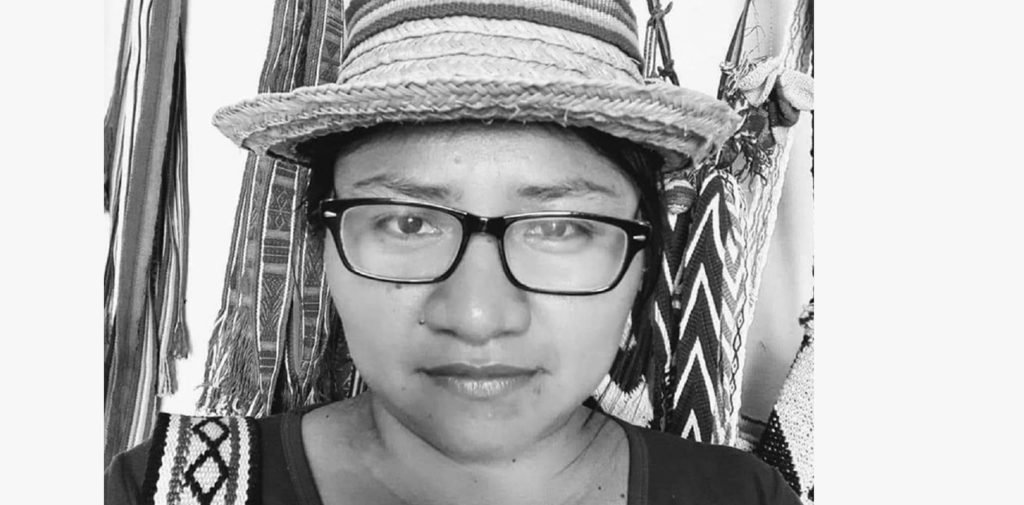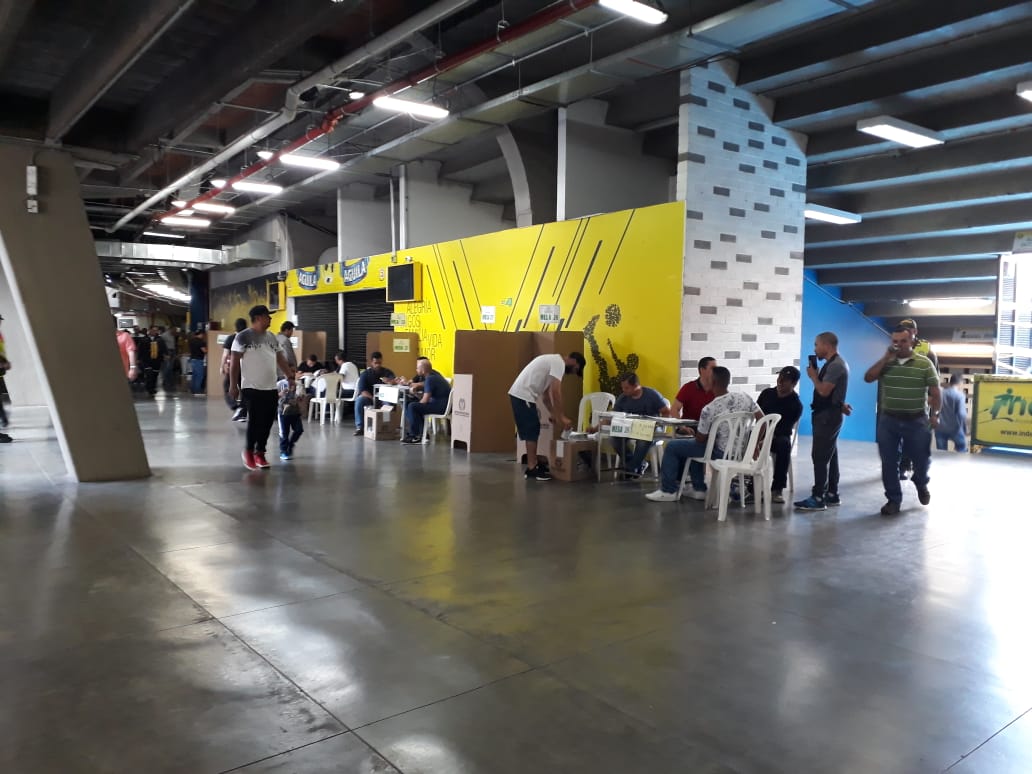After another spate of violence in Cauca which saw two massacres in a week, we look at what’s been happening.

“If we speak, we will be assassinated. If we are silent, the same. So we will speak.” The powerful words of indigenous governor Cristina Bautista Taquinás have been oft-quoted since her murder at the end of October.
Buatista was one of five members of the Nasa indigenous guard to be shot dead in Colombia’s southwestern department of Cauca when a FARC dissident group opened fire on the indigenous patrol. Human rights campaign group WOLA said that the armed attackers also shot at the ambulance which came to transport the wounded, and blamed the Colombian government for failing to protect the social leaders.
“The massacre perpetrated in Cauca is a direct consequence of the Duque administration’s failure to fully implement the 2016 Colombian peace agreement in an integral manner,” said the human rights campaign group in a press release.
Related: Why they won’t stop protesting in Cauca
UN Special Rapporteurs who are part of the independent monitoring systems in Colombia said, “This is not an isolated event. The communities and indigenous peoples of Cauca are suffering incessant and unacceptable violence. The situation is worsening in spite of the repeated calls to address it.”
Indeed, just two days after the October 29 attack in the village of La Luz in Cauca, four more people were shot dead in the small township of Santa Elena and another member of the indigenous community was killed in Corinto. The Cauca towns of Miranda, Corinto and Caloto have been worst affected by the violence.
Rising death toll
The UN has documented 56 killings in Nasa territory this year, 11 of those were human rights defenders. And ONIC, the National Indigenous Organization of Colombia, report 135 deaths of indigenous people since Duque took power in 2018. That’s almost two every week.
While there is no shortage of local and international organisations calling on the Colombian government to take action, where it gets complicated is exactly what the response should be.
President Duque has committed to send more troops to the region – 2,400 will join the 8,000 already in Cauca. And the High Commissioner for Peace Miguel Ceballos has promised to accelerate its COP$1.3 trillion investment in development projects. Following fierce discussions in congress and the resignation of Defence Minister Guillermo Botero, congress will hold its November 19 session in the troubled department rather than the capital.
But more troops may not be the answer, as Sergio Guzmán, director and co-founder of Colombia Risk Analysis, explained: “The government is looking for a temporary end to the massacre. But it’s shown time and time again that it’s not willing to commit the resources necessary.”
“Duque can’t have it both ways. You can’t expect their cooperation without engaging in dialogue.”
Sergio Guzmán, director and co-founder of Colombia Risk Analysis
He carried on that this is a tight-knit community who have managed to maintain territorial control, even during the conflict with the FARC. “But instead of two sides of the conflict, there are now many,” he said, referring to the many armed groups looking to profit from Cauca’s illicit drugs and illegal mining industries.
Guzmán pointed out that the Nasa make up the largest indigenous population in Colombia, even bigger than the Wayuu. Not only that but “the Nasa are very organised and they have a history of resistance – they even have a senator.”
“They don’t want state presence in the form of military – they want it in the form of infrastructure, education, health, water. Not just in Cauca but in all of Colombia. If you send the military, you’re not a government, you are an occupying force.”
He stressed the need for dialogue, especially after the recent minga (indigenous protests) where Duque did not sit down with community leaders. “Duque can’t have it both ways,” explained Guzmán. “You can’t expect their cooperation without engaging in dialogue. The solutions cannot be on the government’s terms, they have to be agreed upon.”
Another issue is that this is a community that has embraced crop substitution and are actively fighting against drug production, as the security analyst told us. “The narco traffickers want to subdue the population into crowing coca. The communities don’t want to engage, but the options are being taken away from them. It’s macabre.”
Rising coca production
There’s little doubt that drugs – and a desire to control drug routes – are a significant factor. The withdrawal of the FARC following the peace process left a vacuum in many rural areas which armed gangs and dissidents are fighting to control.
According to the latest UNDP report on coca production, in 2018, 80% of Colombia’s homicide victims took place in municipalities with high levels of coca production. The consequences are not only high murder rates, but also high levels of internal displacement and terrorist attacks.
Cauca has the fourth-largest area for growing coca in the country. While 2018 saw the first countrywide reduction in coca production in years, in Cauca it had increased 16% to 17,117 hectares.
That’s why Guzmán firmly believes that the long term solution lies in crop replacement programmes and infrastructure. One possibility which has a lot of potential is medicinal cannabis. “Fundamentally, we need viable replacement strategies for coca. One of Colombia’s most promising future industries is cannabis.”
“Indigenous communities have been trying to engage in medicinal cannabis but it’s very expensive and they are already operating at a disadvantage,” he said. Sending seeds not guns would allow vulnerable yet powerful indigenous groups to access this nascent industry.





